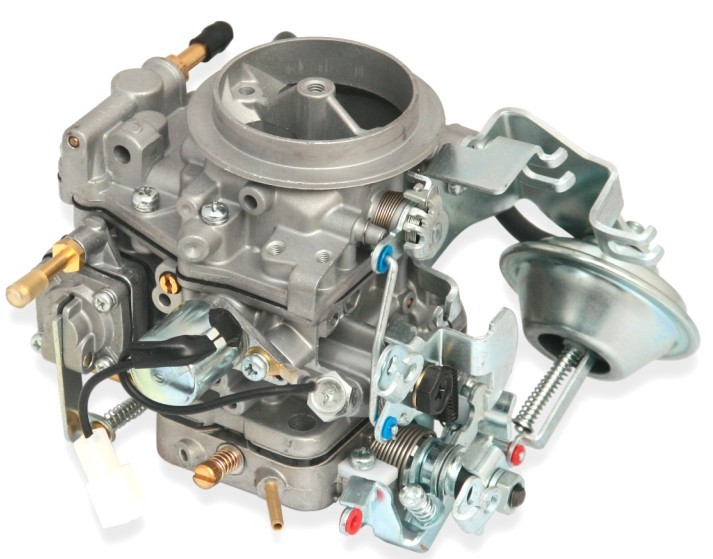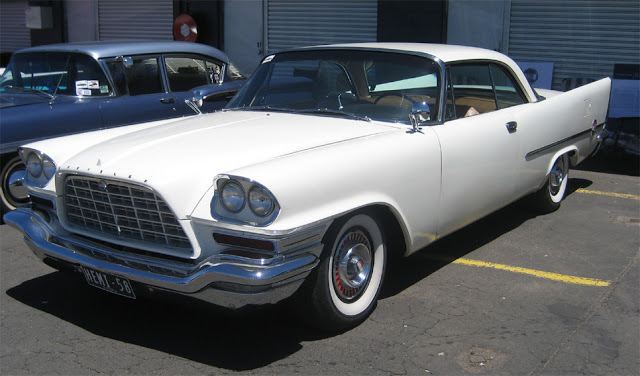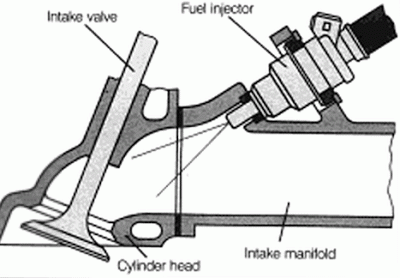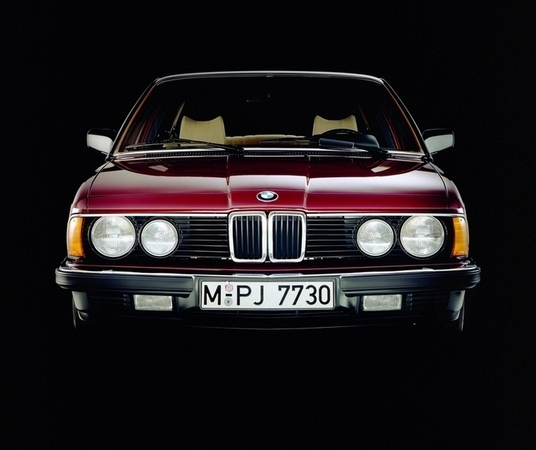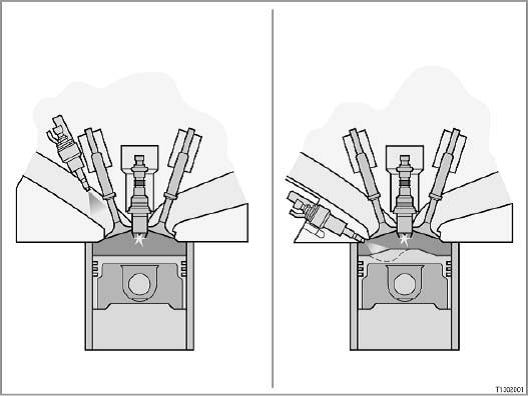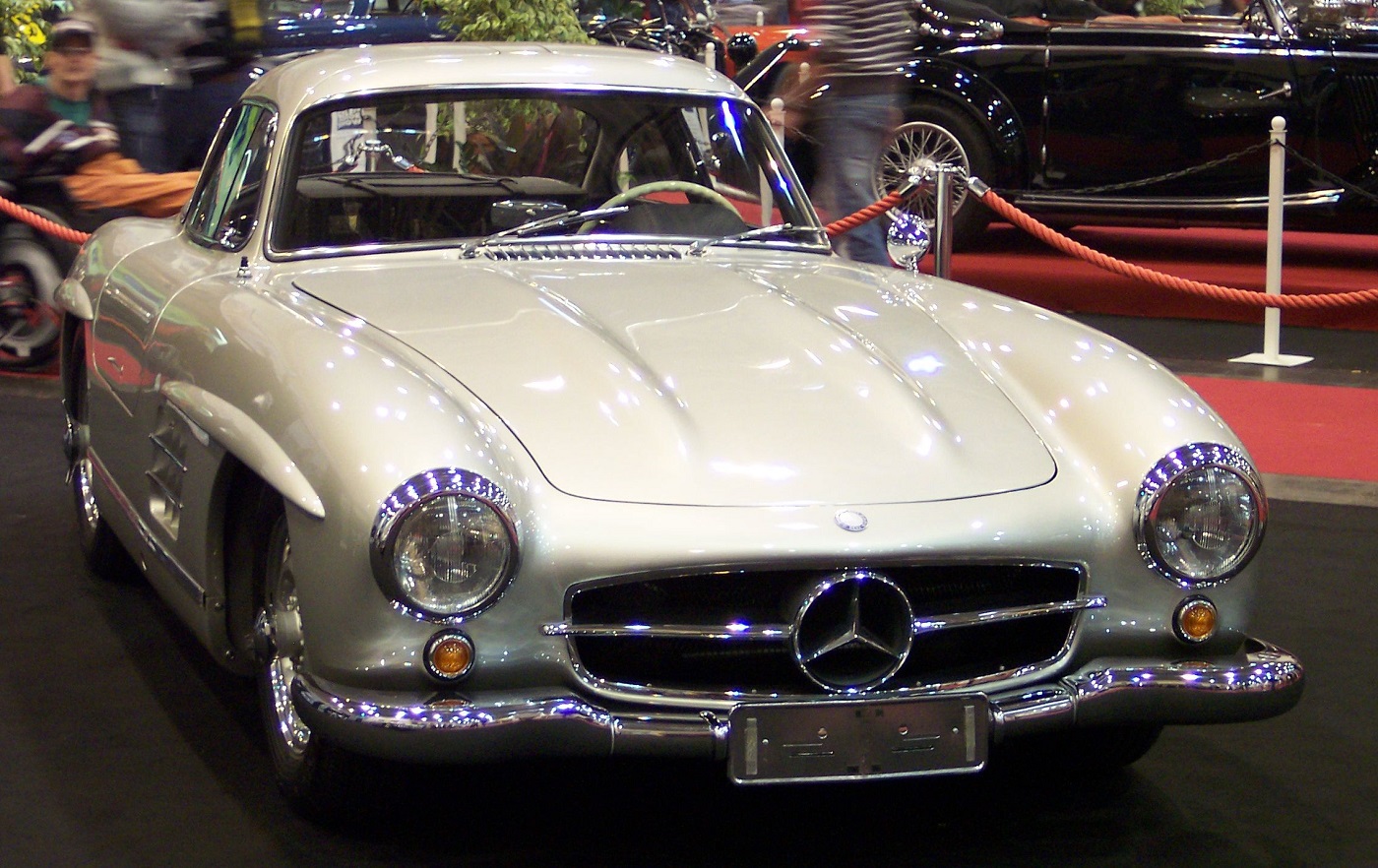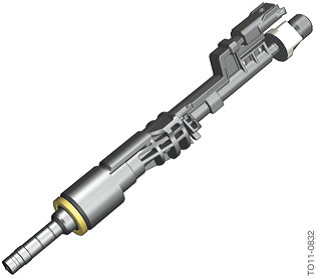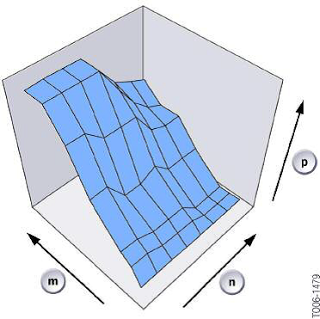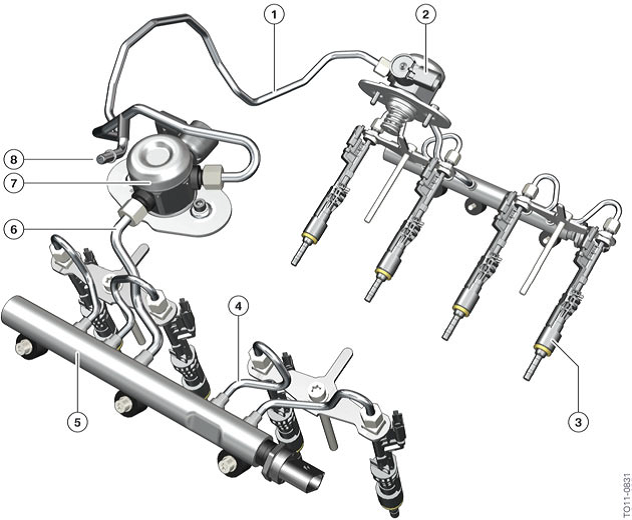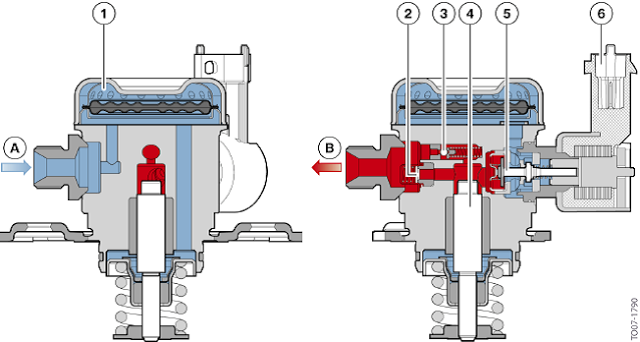The single biggest achievement of automobile improvement in the last four centuries is Electronic Fuel Injection (EFI). Not one single achievement has made as many technical advancements in engine building design than the ability to accurately supply and monitor fuel combustion. Carburetors worked well when re-jetted correctly but did not offer much versatility for us mountain folk. EFI improved fuel consumption by implementing a closed loop (oxygen sensor that sends input to the computer that the combustion is either too rich or too lean) system to adjust the amount of fuel each injection pumped into the engine.
This also allowed for more complex systems to be fitted easily. Turbochargers, different cams, or modifications could be made and with a proper tune, the engine could adjust to conditions without a problem. Suddenly it was possible to make power up high because the EFI could keep up with the demands of a turbo. Mechanical fuel injection is a work of art, don’t get me wrong. The Kugelfisher system powered the BMW M1 to victory, the 2002 tii to cult car status, and the 2002 turbo past unimaginable barriers. It is a very impressive feat of engineering. However the one problem with the Kugelfischer was that is could not be changed to support more fuel. This meant basically any modification on these cars would not have the fuel system to support it.
The interior cone of the kugelfischer has a 3D profile, much like a cam, but instead of in one dimension, in three dimensions with inputs being engine speed, throttle position, and the profile of the cone guide a roller bearing which adjusts the fuel input. Instead of engine speed, the 2002 turbo uses inlet manifold pressure. As these two inputs adjust the cone in the X and Z axis, the profile of the cam was designed by German skunkworks type engineers to match the exact fuel requirements of the engine and moves the roller in the Y axis. Thus a large change in the fuel requirements leads to a custom cone in the mechanical fuel unit.
Only the 2002tii and 2002 Turbo cones were made (I’m not sure anybody with an M1 would volunteer to take their fuel system apart to compare, would they?) and aside from 3D modelling and something like a 3D printer would it be possible to even try to create a custom map. Needless to say, the mechanical fuel injection system was archaic. (If you want to learn more about it, check out this neat article)
Below is an article posted on the M5 Car Blog about electronic fuel delivery in the F10 M5 and some basics on how Electronic Fuel Injection works.
An innovation in the new BMW engines, including the S63top in the F10 M5, is “Gasoline Direct Injection” (GDI). In GDI, fuel is injected directly into the cylinder.
The F10 M5 has very precise control of fuel delivery directly into the cylinder. This results in quicker throttle response and more efficient use of fuel with reduced emissions. Diesels use direct fuel injection into the cylinders, but this has not come to gasoline powered cars until recently.
Fuel injection was introduced in cars in the 1950’s but was not in widespread use until emissions controls forced manufacturers to move to fuel injection in the 1980’s. Previous to this, cars had what was knows as a carburetor.
The illustration below shows the high-pressure fuel pump. The piston (4) compresses the fuel, directing it through a high-pressure non-return valve (2) to the fuel rail via the high-pressure connector (B). In case of over-pressure (245 bar), the pressure relief valve (3) will open. Because the piston is constantly operating, the pressure is electronically controlled by the volume of fuel allowed to enter the high-pressure system by the volume control valve (5) controlled by the DME via electrical connection (6).
GDI can alter between spraying the fuel into the cylinder on the intake stroke to maximize fuel delivery with a homogeneous mixture, or spray fuel in later towards the end of the compression stroke, directing it at an indentation in the piston head near the spark. By doing this, the air-fuel mixture can be “leaned out”, meaning that there is far less fuel than Oxygen, but still enjoy complete combustion for the sake of emissions control. This is done when the power demands on the engine are low (such as when slowing down or coasting). A GDI engine can get extremely lean, towards about 60:1 ratios, which cannot be effectively done in a non GDI car (the super lean mixture would not combust).
There are both multiple nozzles, and the fuel pressure is high enough and the nozzles are fast enough that they can be opened and closed multiple times during intake and compression strokes to create an optimal air-fuel mixture. Moreover, the fuel is at a sufficiently high pressure that it can be forced through the nozzle into the cylinder at a 10.0:1 compressions ratio (this, combined with the turbos, means the air in the cylinders gets compressed to about 20 bar or so, which means the fuel pressure must be considerably higher than this to penetrate during the compression stroke).
One potential issue with fuel combustion is “knock”. Knock is when the fuel prematurely explodes due to the pressure alone (this is actually how a diesel engine work all the time), or has multiple explosions due to an uneven mixture that does not combust all at once. This can damage an engine quickly.
The engine has “anti-knock” sensors that are essentially microphones attached to the outside of the cylinder walls that listen for explosions happening at the wrong time. These signals are sent to the DME computer that can adjust valve and fuel timing to make it stop. However, if it has to do that, combustion is no longer optimally efficient, and exhaust gasses go up, fuel economy gets worse, power is lost, and the engine can heat up more, possibly damaging the valves and the turbo bearings which are both sensitive to excessive heat.
Knock has a lot to do with the octane rating of the gas that you put in the car. The recommended gasoline octane rating for the F10 M5 is AKI (Anti-Knock Index) 93 with AKI 91 as a minimum to not impair performance. Actually “octane rating” is a misnomer. While higher octane can prevent knock, it is not the only way of doing so. So AKI is the correct term.
However, as the engine is knock controlled, the lower ratings will not damage the engine. Higher AKI ratings mean the fuel can be compressed more before detonation, which means that more energy can be extracted during detonation. An overly low AKI will require the DME to retard timing to prevent knock which is inefficient and long-term damaging. Higher AKIs are of no use, since the car cannot increase compression ratios past its design point.
The use of GDI in the new BMW turbocharged variable valve lift engines is a real step forwards in the ongoing quest to increase power while reducing emissions.
downforce22
Latest posts by downforce22 (see all)
- Doppelgänger - 3 February, 2018
- Meeting your Heroes - 16 December, 2015
- Making a Name – The 1992 e36 318is - 12 November, 2015





